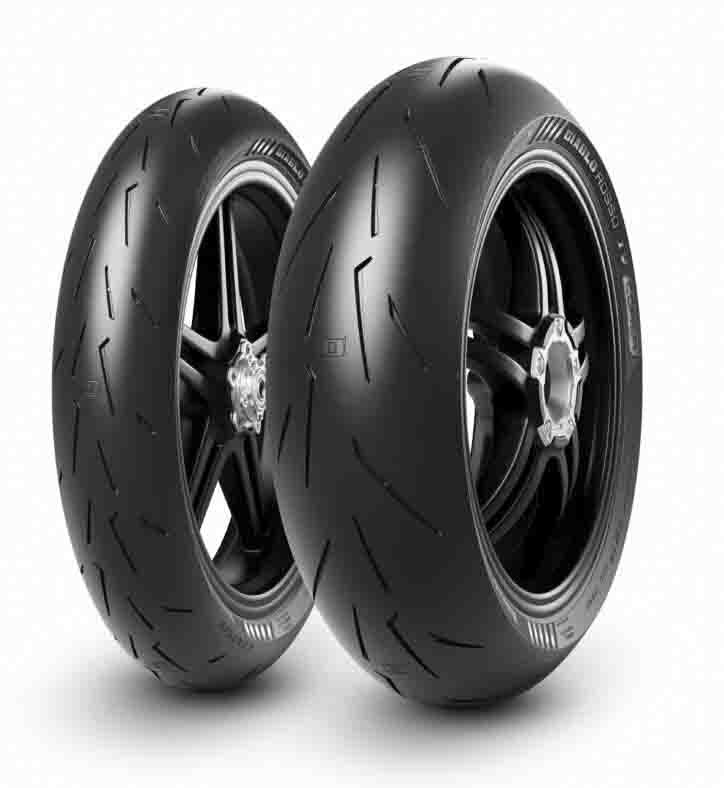All Categories
Featured
Table of Contents
The Michelin supplied a comfortable driving experience, qualified by responsive guiding and a dynamic understeer equilibrium. In spite of the cooler screening conditions, Michelin's regular time and hold over three laps indicates its suitability for real-world applications.
The tyre's initial lap was a 2nd slower than the 2nd, aiming to a temperature-related hold increase. For everyday use, the Michelin might be a more secure bet.
Honest Tyre Shop – Middle Swan
It shared Michelin's risk-free understeer equilibrium however did not have the latter's determination to turn. Continental and Goodyear's performances were significant, with Continental's brand-new PremiumContact 7 revealing a considerable enhancement in wet conditions compared to its predecessor, the PC6. This version was much less sensitive to pack adjustments and acted similar to the Michelin, albeit with a little much less interaction at the limit.
It integrated the risk-free understeer balance of the Michelin and Continental with some stylish handling, verifying both predictable and quick. As an all-rounder for this Golf GTI, Goodyear's Uneven variety was the standout, showing remarkable performance in the damp. The Bridgestone Potenza Sport took the crown as the fastest tyre, albeit by a small margin.
Drivers seeking an amazing damp drive may locate this tire worth considering. The standout performer in wet braking was the most recent tire on test, the PremiumContact 7, though the outcomes are nuanced.
Leading Vehicle Tyres Near Me
Ideally, we wanted the chilly temperature level examination to be at around 5-7C, but logistical delays suggested we checked with an average air temperature of 8C and water at 12C. While this was cooler than standard test conditions, it was still warmer than real-world problems. The warm temperature level test was done at approximately 18C air and 19C water.
The 3rd run included wet stopping examinations on used tyres, particularly those machined down to 2mm with a small encounter. While we planned to do even more with these worn tires, weather restrictions restricted our testing. Nonetheless, it deserves noting that damp stopping is most essential at the worn state, as tyres generally boost in completely dry conditions as they put on.

Bridgestone, Goodyear, and Michelin saw the least efficiency decrease when worn. The Hankook tire registered the tiniest efficiency decline as temperature levels cooled, but it was amongst the most affected when used.
Honest Tyre And Wheel Services
The take-home message right here is that no single tyre mastered all aspects of damp braking, suggesting a complex interaction of variables influencing tyre performance under various conditions. There was a standout tyre in aquaplaning, the Continental completed top in both straight and bent aquaplaning, with the Michelin and Goodyear also very good in deeper water.

Yokohama might take advantage of slightly even more hold, a problem potentially affected by the cooler problems. As for dealing with, all tires performed within a 2% variety on the lap, showing their top notch efficiency (Tyre shop). Taking into consideration these tires essentially target the exact same customer, it's fascinating to observe the significant differences in feeling.
The shock is due to the fact that the PremiumContact 6 was just one of my favourites for flashy dry drives, but its successor, the PremiumContact 7, appears elder and looks like Michelin's performance. Among these, Hankook was the least exact in guiding and communication at the limit. Tyre balancing. Both Michelin and Continental supplied charming initial guiding, albeit not the fastest
If I were to advise a tyre for a quick lap to a newbie, claim my daddy, it would certainly be just one of these. Then we have the 'fun' tyres, specifically Yokohama and Bridgestone. Both were quick to steer and felt sportier than the others, but the trade-off is a much more spirited back side, making them extra difficult to deal with.
Trusted Vehicle Alignment Near Me – Swan 6056 WA
It offered similar guiding to Bridgestone however supplied far better feedback at the limit and better grasp. The Bridgestone Potenza Sport, however, seemed to break down quite rapidly after just 3 laps on this requiring circuit. There's Goodyear, which placed itself somewhere in between the enjoyable tires and those having a tendency towards understeer.
All in all, these tyres are excellent entertainers. In terms of tire wear, the technique made use of in this examination is what the sector refers to as the 'gold criterion' of wear.
Both the Bridgestone and Yokohama tyres significantly underperformed in comparison to the various other 4 tyres in regards to rolling resistance, with Continental somewhat surpassing the rest. Regarding the convenience level of the tyres, as prepared for, many demonstrated an inverse relationship with handling. The Continental, Michelin, and Goodyear tyres executed finest throughout different surface types tested.

Bridgestone started to show signs of suppleness, while Yokohama was particularly rough over splits. We did measure inner noise levels; nonetheless, as is frequently the instance, the results were closely matched, and as a result of weather restraints, we were not able to perform a subjective evaluation of the tires noise. We looked at abrasion numbers, which determine the amount of tyre tread lost per kilometre, normalised to a one-tonne automobile.
Reliable Tyre Offers Near Me
This number stands for the amount of rubber dust your tyres generate while driving. Michelin led in this category, generating over 9% much less rubber particulate matter. On the various other hand, Hankook generated 32% more. This is an element I think the industry needs to concentrate on even more in the future, and it's something Michelin is promoting.
Latest Posts
Affordable Discount Car Tyres
Leading Premium Tyre Selection Near Me – Swan 6054 WA
Best Tyre Inspections (Noranda)